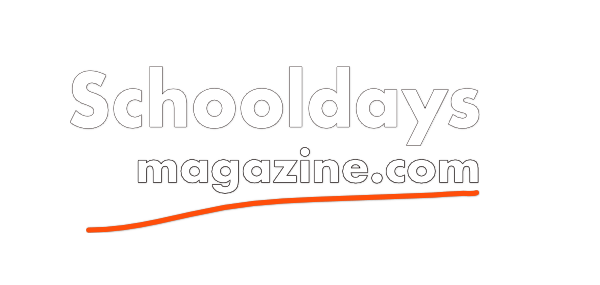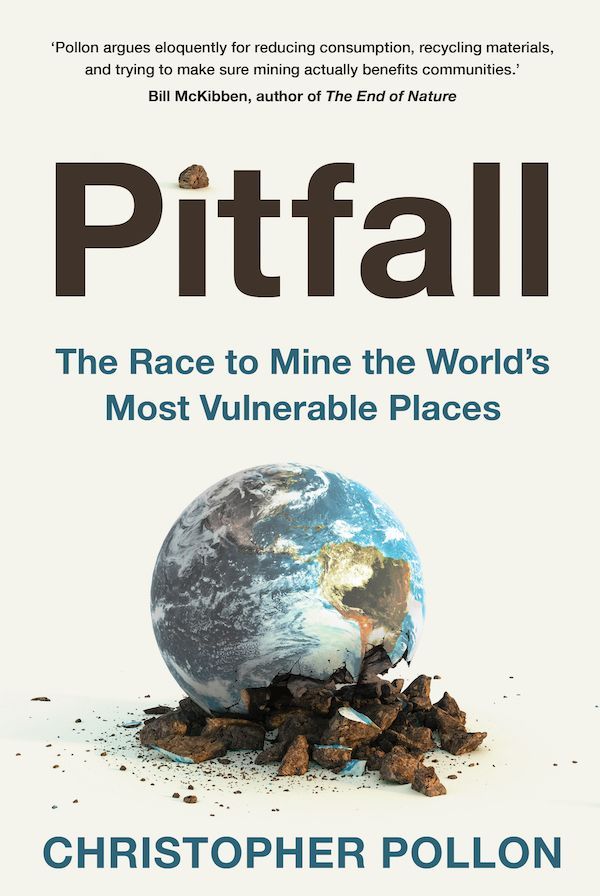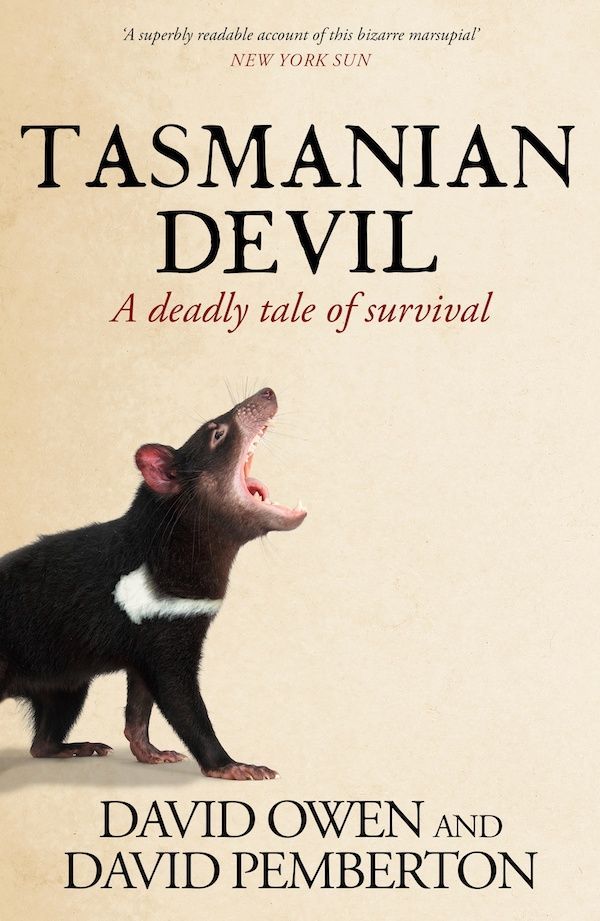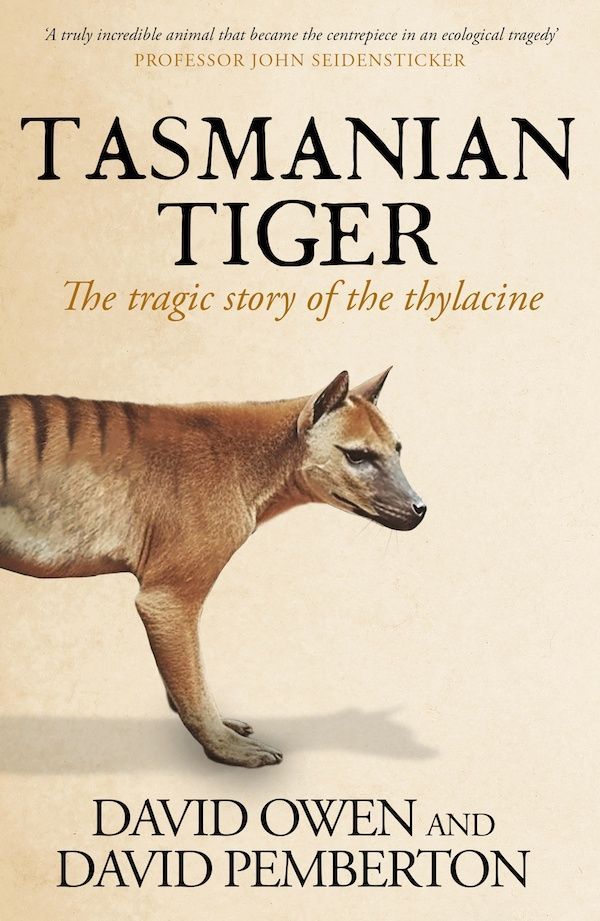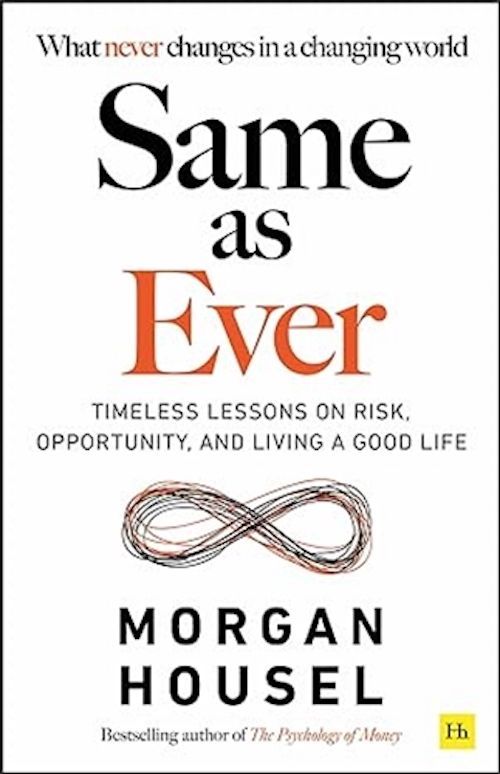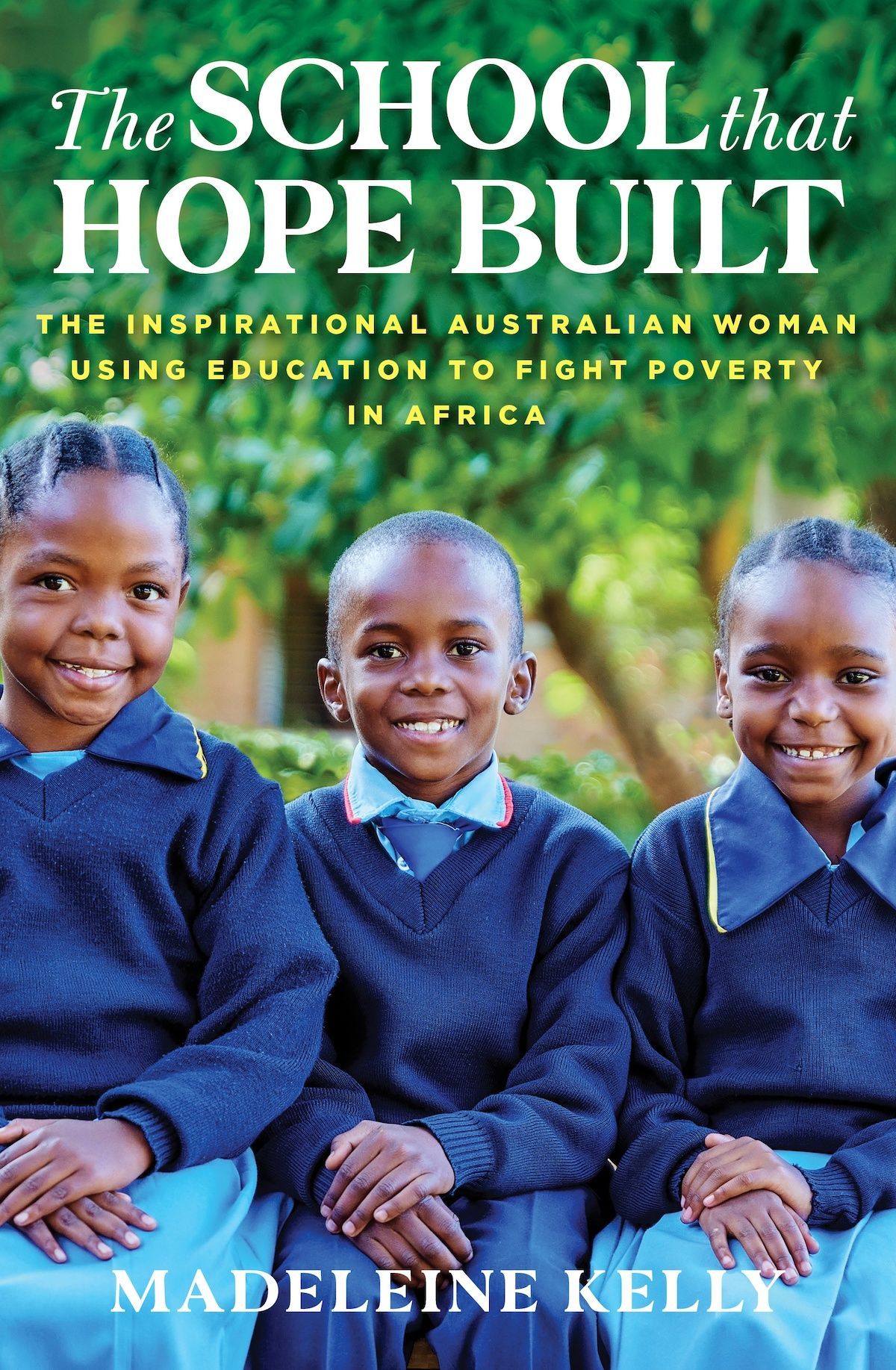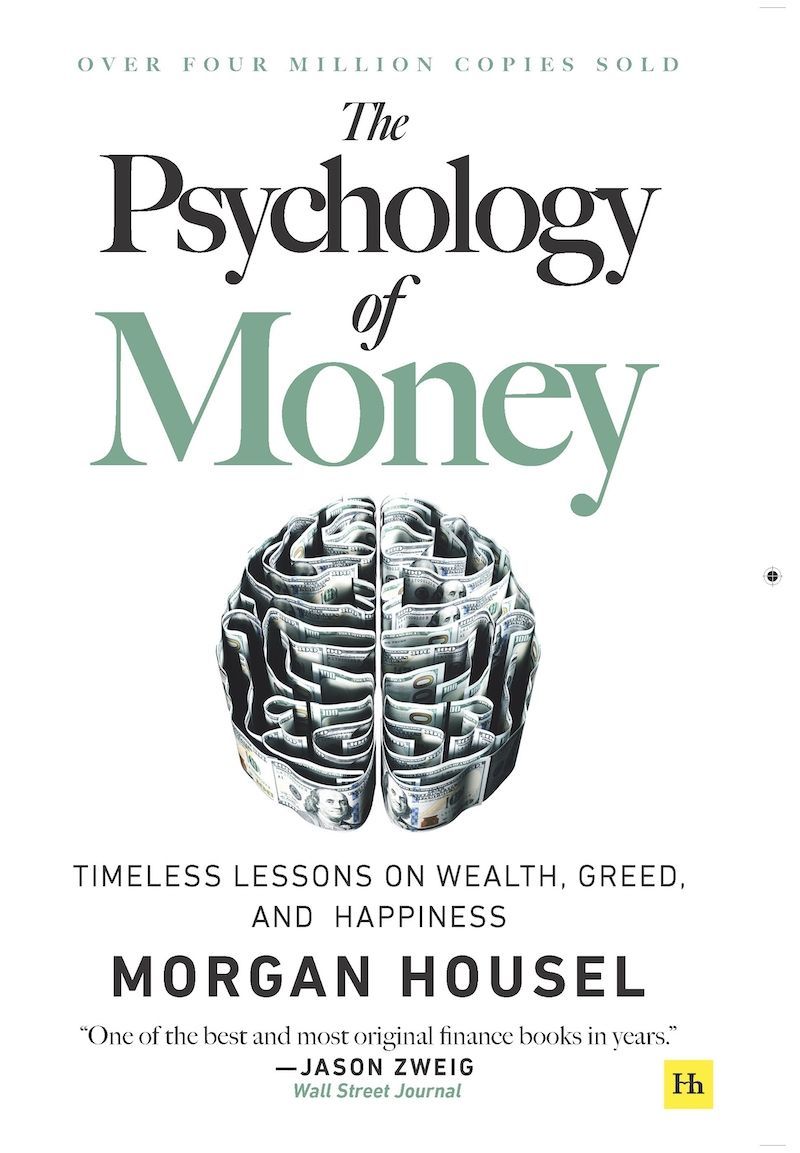Pitfall
The Race to Mine the Worlds's Most Vulnerable Places
By Christopher Pollon
Published by: UQP (University of Queensland Press)
ISBN: 9780702268465
I was intrigued by the title and subtitle of this book, and I wasn't disappointed, it is not only eye opening, it is also most informative, an exposé of the mining industry worldwide.
The first two sentences in the introduction say,"This book is written for people who have rarely, if ever, stopped to consider where all the metals we use come from, and at what cost we enjoy the benefits. It pulls back the curtain on an industry that is invisible and everywhere, all at once."
I was one of 'those people'. I knew very little about mining or the effects in many countries around the globe.Neither was I aware of the amount and the minerals, the uses for all these minerals and certainly did not know anything about the costs of such an industry on the local communities surrounding the mining sites.
Pollon begins with a story about his maternal and paternal grandparents, leaving Italy after the First World War and settling in Canada. They were attracted by the work available in a mine at a town now known as Timmins. Timmins claim to fame is it is where the pop star, Shania Twain, comes from and, in her honour, they built the Shania Twain Centre. Pollon became a mining journalist.
When he returned to Timmins for his grandmother's funeral in 2014, the mining company was expanding their operation. They moved from an underground mining to open-cast mining, or open-pit mining. As a result of this, the Shania Twain Centre had to be demolished.
Tailings are the leftover spoils from the ore, after the minerals have been extracted by using copious amounts of water, mercury, cyanide and other pollutants. He says that the day after his grandmother's funeral, he read that the tailings dam at Mount Polley, not far from Timmins, burst its banks and 6.5 Billion gallons of this concoction was released into the last of the world's great salmon rivers. This became Canada's worst environmental mine disaster in history.
After hearing that news, Pollon took stock of his chosen career as a mining journalist. He had been mostly involved with news of new mines, mining investment information, etc, which had taken him to many parts of the globe. He had seen some of the most beautiful and serene landscapes, soon to be destroyed by the onset of mining operations by 'distant, invisible forces'.
Pollon recollects when he had attended a 'green business' convention in Vancouver, where the CEO of a large oil and gas corporation was giving a talk about the future of fossil fuels to a gathering of interested people, including climate change activists and university students.
The CEO started his talk by asking people to raise their hands if they did not use oil. He was met with silence. He then asked people to raise their hands if they did not use copper. Again, silence. Then he asked how everyone arrived the meeting today, did they use a car? Pollon says "the air was sucked out of the room."
Pollon says since that day, he has come across many senior executives who use the same rhetoric, with an insinuation that, without the proceeds of mining, we would not have a first world lifestyle in any shape or form.
He decided to write this book using all the information he had stored, together with new information from interviews he has since conducted with both mining professionals and members of local communities affected by mining operations.
Papua New Guinea is the country where he starts the crux of the story. He talks about the great half-a-mile deep hole in the earth which used to be a mountain. The tailings from the mining operation are washed by the local river, down the mountain out to the sea. This causes pollution to the local people, farming the lands adjacent to the sea and the pollutes the sea. He discusses the politics of the local communities against the mining giants and the government authorities. The same thing is happening in Indonesia's West Papua, and how the local community freedom fighters are constantly attacking the mining operations there.
The book then takes you on a tour of other world sites including Guatemala, where a great many peaceful locals were protesting outside a mine and were massacred by the 'private security force' contracted to secure the mine compound.
In Pitfall, he explains that these places are known worldwide as 'sacrifice zones', where the local population are left to their own devices in the face of mining giants taking over their lands. The locals are not able to work for the mining companies because most of them do not have the necessary education, skills or expertise required for such projects, which are given to outsiders who are contracted into work.
The next 'sacrifice zone' to be explored is Inner Mongolia. Pollon explains the Chinese government used this land to mine for Rare Earth Elements (or REEs). Without these elements, our mobile phones and computers would not exist. This was the turning point for Deng Xiaoping, the successor to Mao Tsaidung in 1992, which allowed him to change to a 'capitalist' Communist country and turn China into a global superpower.
But in order to extract REEs, in tiny quantities, from the ore, they have to be bombarded with toxic chemicals which causes an enormous amount of damage to the health of the local communities. So much damage, in fact, that over the years, the main rivers, supplying the cities with water, have also become polluted. Apparently the Chinese government became aware of this crisis in 2011,
The next stop in the book is Bolivia.There is a huge salt flat in Bolivia, which seasonally becomes a lake and can be seen from outer space, (Neil Armstrong marvelled at the shining sight when he stood on the Moon) which has huge underground resources of lithium. Without lithium, we will not have batteries for our computers, mobile phones or EVs (Electric Vehicles) so this resource is critical to climate change and the transfer from fossil fuel to electric.
However, due to the country’s history going back as far as the 1600s, foreigners plundered their resources, so the Bolivian government decided they would mine the lithium. They also mine silver, tin and zinc. Their thoughts were that their citizens can benefit from the resources they are mining from their country by processing the minerals in-country, instead of mining giants taking all the profits. However, it did not go as smoothly as they had hoped it would.
Crossing the border into Chile, Pollon explains Chile’s minerals and mining history to present dsy. It appears water is a scarce commodity in northern Chile. Water is needed in vast quantities in the mining and extraction process of minerals, including lithium and copper. The country is bound by the mineral rich Andes Mountain range to its east.
Fourteen huge desalination plants have been built along the coast that pump the fresh water through
2 x105 mile pipelines and over two miles in elevation, to the mining operations in the parched high country. This requires an immense amount of energy, but is needed for the extraction of the minerals from the mined ore.
But there is descent in the community as activists argue that due to the twenty year water crisis, the people should have the water, not the mining industry.
In the agricultural centre of Chile, the farms are irrigated by the melting snow and glaciers from the Andes Mioubtains. Chile's agricultural exports are worth about US$6 billion annually. Chile has 80% of the South American glaciers. This will represent a future battle between the environmentalists and the miners because of the copper sources under the glaciers.
I was astounded to read Pollon describe how one company moved a glacier from one location to another in the Andes, just to get access to the copper to the detriment of agriculture.
Another hot spot of mining and conflict is in the Democratic Republic of the Congo (DRC) to which Pollon dedicates a chapter. And not just a conflict against mining.There appears to be a history of civil war in various regions of the country, which is roughly the size of Western Europe. Many mining companies believe the risk is too high. But for those who dare, they can receive an enormous benefit through silver, tin, gold, cobalt, coltan and a huge bounty of copper, whose ore appears to be twelve times higher in pure copper than in most any other mining operations worldwide.
Reading about the tailings, pollution and how various countries are handling this situation is most interesting.
Pollen writes about ocean bottom mining in Nauru a tiny island in the Pacific and the environmental consequence. and reports on the plans for mining outer space: asteroids, the moon, Mars and beyond.
In the chapter named, Feeding the Monster, Polli\on focuses on the West's dependence on these minerals and also refers to a different kind of mining, recycling. Most products we use can and should be recycled, although many are sent to landfill.
I was not aware that my smartphone contains at least seventy elements, sixty-two different metals including: indium which is the transparent conductor between your phone and finger; a dash of terbium and europium makes brilliant red and green colours on the screen; tantalum regulates power; and an REE called cerium makes it possible to buff the glass to a molecular-level smoothness. And that is just ONE product.
He discusses the rise of the 'scrapyard' or 'junkyard' industry, where metals are extracted from everything from white goods to trucks to tanks and armoured vehicles to locomotives to aircraft. This is a reminder that mining for minerals above ground can be just as lucrative as below ground (or oceans) without as many side-effects. He quotes the global worth of this industry as $230 Billion in 2021.
In the conclusion or Afterword is a look finto a future that many people in the industry believe will become reality. There is now talk that the amount of metal we have already mined is enough for us to recycle and use again in other products. "Let's leave the gold in the ground"
Pollon’s writing is easy to read and with this fascinating topic makes it an informative page turner. If you read Pitfall you will discover, not just interesting information.
If you are interested in climate change, environmental protection, fossil fuel depletion, what makes your devices 'tick' and you would like to know more about where those components come from and the movement to extract components from end of life products, I whole-heartedly recommend this as a great book to start your journey.
The author
Christopher Pollon is an independent journalist who reports on the politics of natural resources, focusing on mining, oceans, and energy. His work has appeared in dozens of publications, including National Geographic, VICE, the Walrus, the Tyee, and the Globe and Mail. He is also the author of The Peace in Peril: The Real Cost of the Site C Dam. He lives in Vancouver, BC.
Reviewed by Ken
This is independent review, I am not paid by the publishers, so.If you
Liked this review - Buy me a coffee
